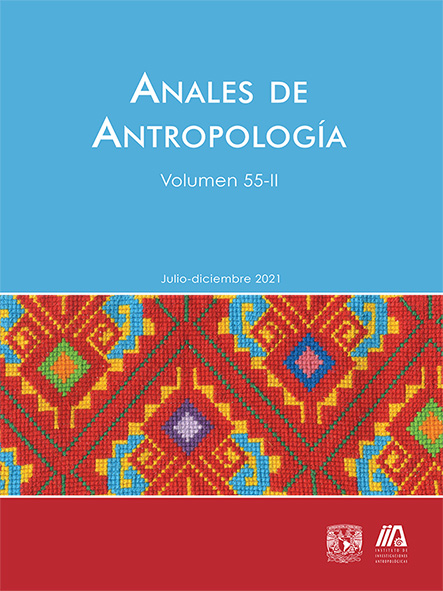Nahua (maseual) and Totonac (tutunakú) cosmologies of the Sierra Norte de Puebla (Mexico) Part one: the time of creation
Main Article Content
Abstract
This is the first of two papers which compare the cosmologies of the Nahua and Totonac peoples from the Sierra Norte de Puebla (Mexico). After presenting our theoretical framework and our methodology, we proceed to the structural comparative analysis of thirteen indigenous narratives which tell how the world was created. In both cosmogonies we find the same succession of eras/worlds. The first one was one of darkness, cold and disorder: its rulers were man-eating monsters. In the second era, cultural heroes, born in very odd circumstances, exterminate the monsters, put some order in Nature and bring corn. However, this world was still imperfect and had to be destroyed by a flood. In the third era, the Sun came out and so were divided the world of light and that of darkness, each one with its inhabitants. Even if we take into account the imitation of available data, we think that the structural similarities between both cosmogonies are such that they may be considered variants of the same symbolic system. In a future publication, we shall continue our comparative analysis with other narratives, which tell the interrelationships between the supernatural Owners of the world and present-day human beings.
Downloads
Article Details
Citas en Dimensions Service
Esta revista usa una licencia CC del tipo CC BY-NC-ND 3.0. Se maneja bajo el esquema de acceso abierto, con una licencia Creative Commons Attribution-NonCommercial-NoDerivs 3.0 Unported.
